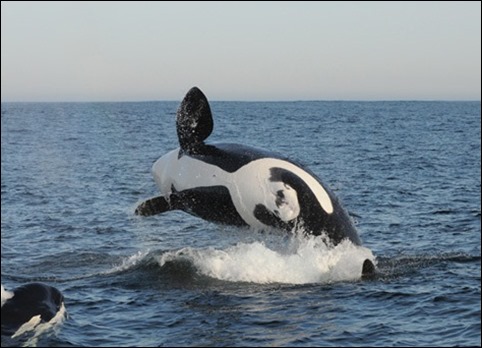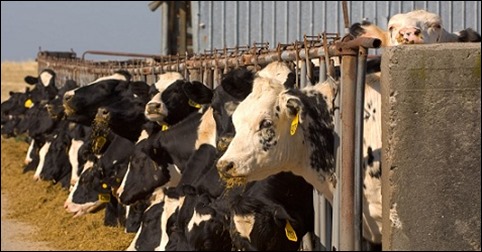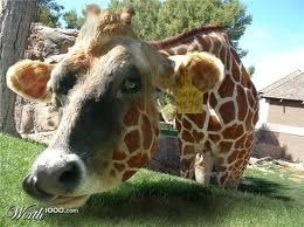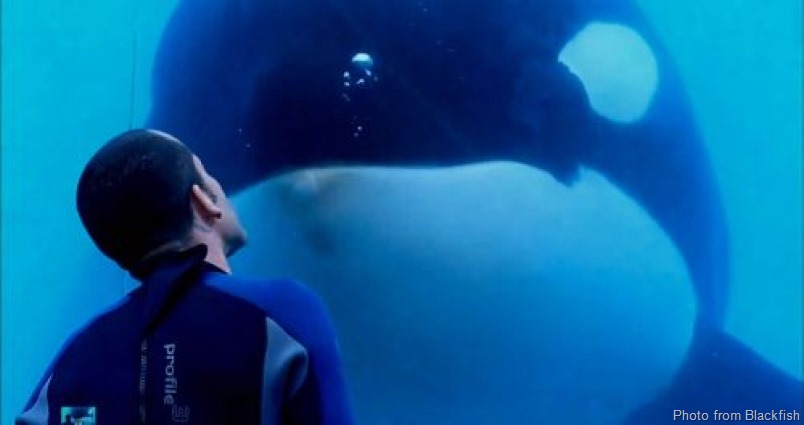Dolphin and Whale Sanctuaries: Still Just a Field of Dreams
I just returned from the Performing Animal Welfare Society (PAWS) Captive Wildlife Conference in Burbank, CA, where prominent scientists, veterinarians and advocates converged to discuss the ongoing effort to end the exploitation of captive wildlife.
The first day was dedicated to presentations on elephant welfare in zoos and circuses and the critically important role sanctuaries continue to play in getting captive elephants out of exploitive and abusive situations and into a more naturalistic and caring setting. There are only a handful of legitimate elephant sanctuaries around the globe and only two in the United States. Clearly, we need many more qualified sanctuaries for elephants and other wild animals.
On Day Two, I spoke on a panel about marine mammal captivity with Dr. Naomi Rose of the Animal Welfare Institute, Blackfish producer Manny Oteyza, and Lincoln O’Barry of Ric O’ Barry’s Dolphin Project about the fact that even though the situation for elephants, big cats, bears and primates in exploitive captive facilities is deplorable, it’s still not as bad as it is for dolphins and whales. There’s one simple reason for this: While there are at least a few sanctuaries for land-based animals, there are no dolphin or whale sanctuaries anywhere in the world. Not one.
Sure, there are captive facilities that call themselves sanctuaries, but that does not make them legitimate havens of protection and lifelong care. Rather, they are typically places that exploit the dolphins under the guise of the title “sanctuary”. A genuine sanctuary provides an environment in which the residents can lead some semblance of a satisfactory life closer to the wild setting. In a real sanctuary like PAWS, the only interest is in the welfare of the residents; they are not used as a means to an end – i.e. for profit or publicity.
While there are at least a few sanctuaries for land-based animals, there are no dolphin or whale sanctuaries anywhere in the world.Those of us who are working to phase out dolphin and whale captivity for entertainment in places like SeaWorld have to contend with the reality that even if we were successful we’d have nowhere to relocate them. Captive dolphins and whales cannot just be dumped back into the ocean. Even those who are good candidates for eventual release need rehabilitation in a more natural setting where they can feel the tides and shifting temperatures of the ocean, regain some physiological conditioning and autonomy, and learn to survive. Moreover, given that the majority of captive dolphins and whales will not be releasable, they will depend upon sanctuaries for care throughout the rest of their lives.
In a recent blog post in The Dodo, Dr. Naomi Rose expressed concern about the precarious situation in which captive dolphins and whales find themselves. Even if places like SeaWorld decide to end captive entertainment, she argues, there will need to be a transition plan for these animals so that they don’t end up “going from the frying pan into the fire” – like being sold off to entertainment corporations overseas. Those of us who advocate for dolphin and whale freedom have to be ready to offer a legitimate practical solution. We do not want the lack of sanctuaries to be the show-stopper for the long term effort to phase out dolphin and whale exploitation.
So while signs of movement and change are encouraging, we need to add the missing component to our efforts: the funding and building of legitimate sanctuaries for dolphins and whales in this country and around the world.
The National Aquarium is already discussing possibilities for creating a sanctuary for the bottlenose dolphins they currently hold so that they can live out their lives under better circumstances. And there are other protocols for rehabilitation and release which have been employed successfully around the world by organizations such as Born Free Foundation. All of these efforts demonstrate the feasibility of rehabilitating dolphins and whales in sea pen sanctuaries.
There are also already plans, protocols and even identified locations for some captive orcas, such as Lolita, who has been held at the Miami Seaquarium for over 40 years after being taken from her natural home as a member of the Puget Sound southern resident population of orcas.
More of us in the marine mammal community need to focus our attention on the need to develop and implement plans and campaigns for creating sanctuaries.
Currently, dolphin and whale sanctuaries are just a field of dreams. But, if we build it, they will come.






